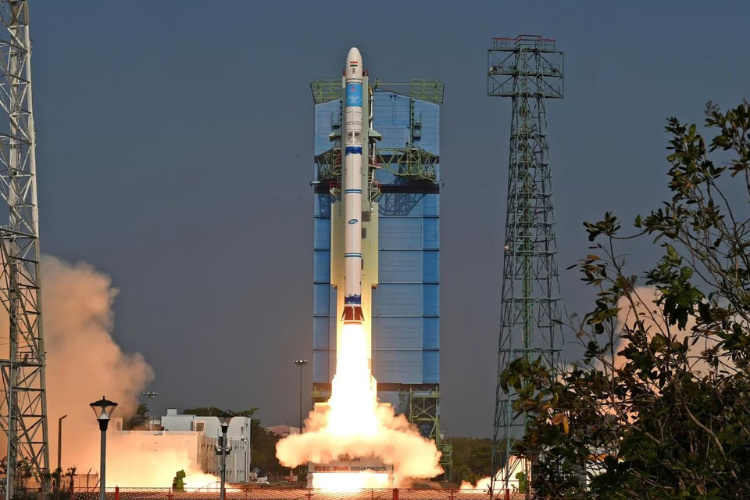
The Indian Space Research Organisation (ISRO) stands at the edge of groundbreaking achievement with its first solar mission, Aditya-L1.
The chairman of ISRO, S Somnath has disclosed that the spacecraft is set to arrive at its designated destination, the L1 point, on January 6, 2024, after covering a distance of 1.5 million kilometers through space. He stated that the insertion of Aditya-L1 into the L1 point is slated for January 6, 2024, but the specific time is yet to be determined.
L1, also known as Lagrange Point 1, holds a strategic position in space where the gravitational forces of the Earth and the Sun balance out each other, enabling a spacecraft to sustain a stable position relative to both celestial bodies. This exceptional vantage point offers an uninterrupted view of the Sun, turning it into an ideal location for solar observations.

The inception of the Aditya-L1 mission dates back to January 2008, originating from the Advisory Committee for Space Sciences (ADCOS). Initially conceived as a modest 400 kg satellite orbiting 800 km above Earth, the mission expanded its scope to encompass an extensive study of the Sun’s corona from a distance of 1.5 million km away from our planet.
Launched on September 2, from the Satish Dhawan Space Centre in Sriharikota, Andhra Pradesh, aboard the authentic PSLV-C57 rocket, Aditya-L1 embarked on its ambitious expedition to enhance our comprehension of the Sun.
Effectively breaking free from Earth’s gravitational pull on September 30, the spacecraft executed a series of maneuvers to refine its trajectory, ensuring a direct course toward the halo orbit encircling the L1 point.
Aditya-L1’s mission objectives are profound, aiming to decode the enigmas surrounding the Sun’s corona, its heating mechanisms, and the dynamics of coronal mass ejections (CMEs). These phenomena hold extensive implications, not solely for our comprehension of the Sun but also their potential impact on space weather, influencing satellite operations and Earth-based communications.